The Intrepid Herb Hunters Who Scour Alpine Mountains and Meadows for Top Chefs
Slovenia’s most celebrated restaurants rely on their foraging.
His name, believe it or not, is Peter Rabbit. That’s the direct translation of Peter Zajc who, with his business partner Dr. Katja Rebolj, is the leading herb hunter in Slovenia. The two receive commissions from the country’s top chefs to forage for edible plants, herbs, and flowers. Ingredient lists in hand, they range through gnarled primal forests and remote mountain plateaus in search of this unusual quarry.
On the day I accompany Zajc and Rebolj, it’s ideal weather for a stroll in the forest. The sun is sending bolts of light through the canopy, and the fairytale atmosphere of Trzin, a town ten minutes north of Slovenia’s capital, Ljubljana, is accentuated by their decision to meet me behind a castle. Slovenia is speckled with picturesque castles (my adopted hometown of Kamnik has three right in the center), and this one, Jable Castle, is a beauty worthy of a Disney princess.
It’s a weekday morning, but for Zajc and Rebolj, gliding through this pristine forest is their workday. While many chefs simply ask Zajc and Rebolj for a box of whatever is best at the given moment, others request more exotic targets. Today, we are “hunting” for apple blossoms, ramson leaves and buds, wood sorrel, chickweed, bittercress, burdock, and a handful of other plants that my Slovene-English dictionary failed to assist in translating.
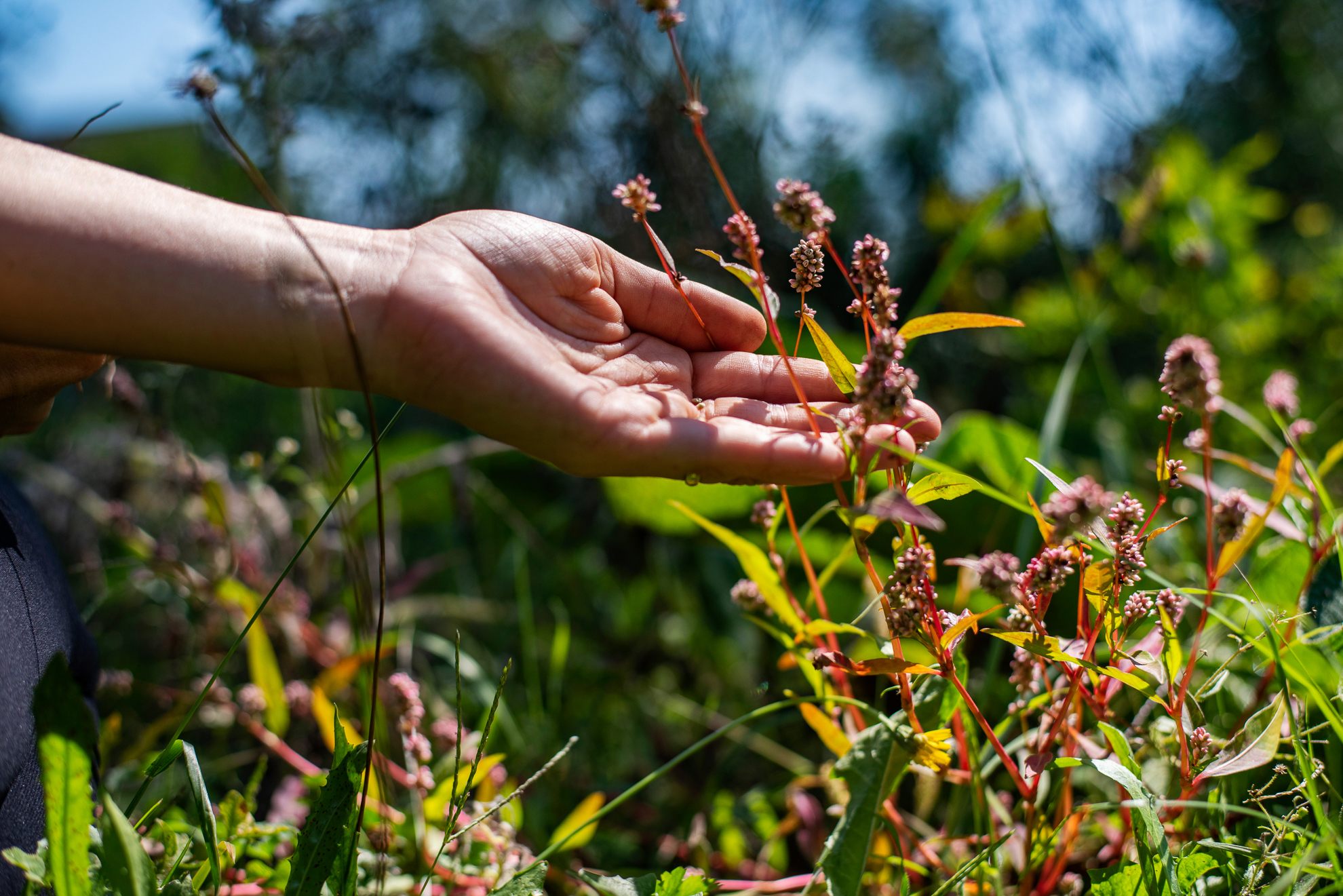
Part of the problem—or the charm, depending on your point of view—is that, as Rebolj says, “There’s a Slovenian saying that there are 10 names for every plant.” One of the highlights of today’s forage is called either smrdljivka (which might translate as “the stinky one”) or krompirjevka (which might be “the potato-y one”) or gozdni regrat (“forest dandelion green”). It smells like raw potato and is delicious when cooked with—as the scent indicates—potato.
But it’s not all fun and games—this is deadly serious work. Every year, there are fatalities when amateur foragers gather colchicum autumnale (also known as autumn crocus, meadow saffron, or—and I’m not making this up—naked ladies) when they think they’ve collected allium ursinum (ramson or wild garlic, čemaž in Slovene). Ramson’s green leaves pack a garlicky punch and, Zajc tells me, sautéing its buds is a popular trend in Slovenia right now. But similar-looking naked ladies are poisonous, and just one leaf accidentally mixed into wild garlic pesto can kill.
Wild garlic, though, like fugu, the delicious bit of the blowfish that happens to be near the toxic bit, is worth the risk. Pungent and intensely green, like the strongest but smoothest garlic imaginable, it must be used in small quantities. I once made the mistake of thinking a jar labelled “čemaž pesto” could be used like normal pesto, just poured over cooked pasta. It tasted so garlic-tastic that my eyes watered. The apartment was garlic-scented for days, and my wife forbade the use of čemaž in closed spaces. It’s delicious and, well, potent.
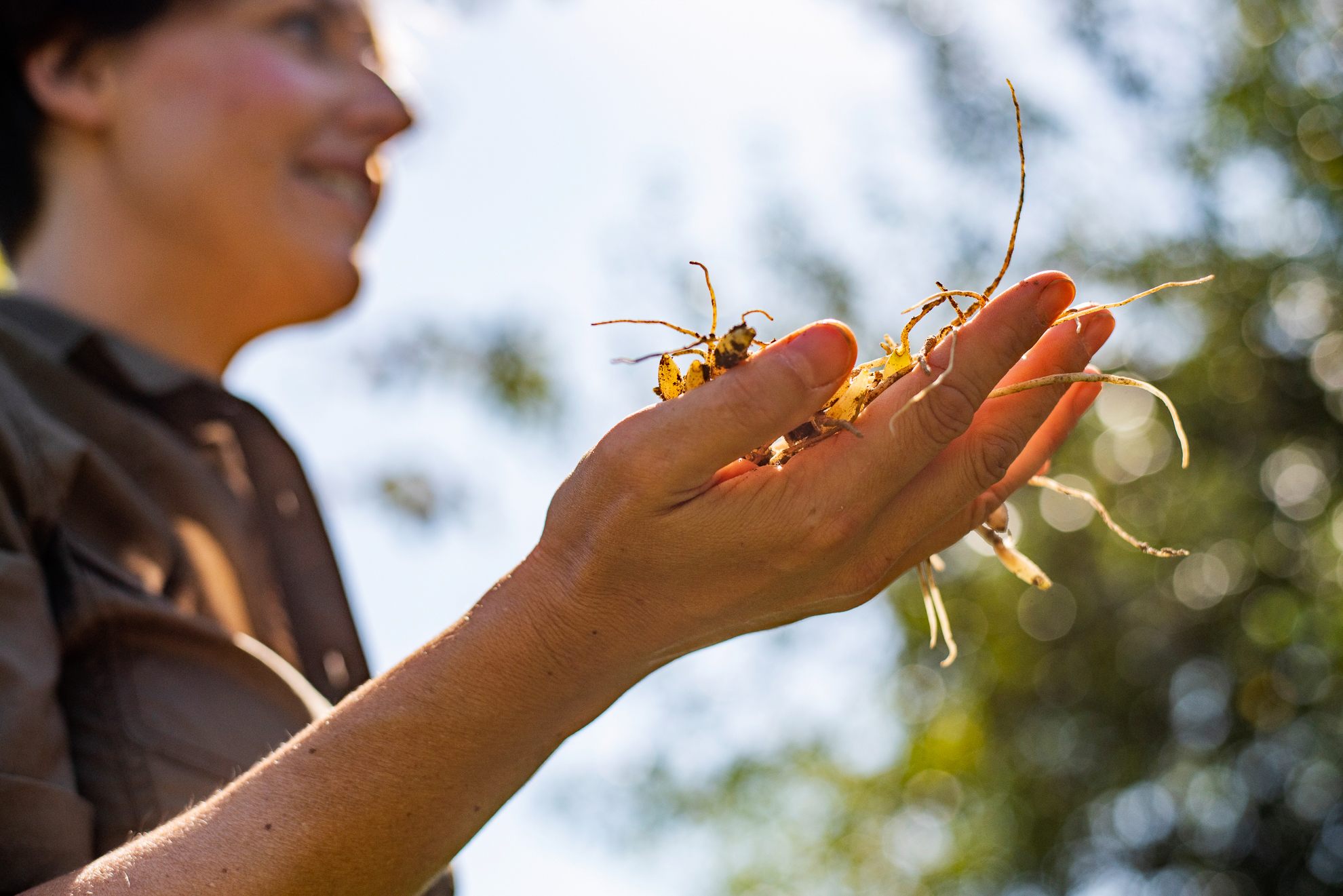
So, I’m glad I’m in good hands, with Zajc and Rebolj shooting off the trail to scoop up handfuls of what looks to me like a lawn in need of mowing. Zajc giggles with delight each time, kneeling to cradle plants in his hand and treat shoots of wild garlic like baby starlings. He is just as adorable as his “Peter Rabbit” name suggests.
After several hours of walking and foraging, we meet up with Janez Bratovž, Slovenia’s leading chef, in a lovely suburban garden behind a ramshackle farmhouse. Known to all as JB, which is also the name of his eponymous restaurant in Ljubljana, he is the godfather of Slovenian fine dining and a regular on lists of the Top 100 world restaurants. For his latest cookbook which, full disclosure, I assisted in the writing, he crisscrossed the country in search of the best ingredients and the finest producers. And when it comes to foraging, Bratovž relies on Zajc and Rebolj for all his needs.
“They’ll bring plants and herbs even I’ve never heard of, and they know the chemistry of all they bring, so they’ll know exactly how best to use it,” he says. “Not just the traditional way grandmothers would cook with these ingredients, but also down to a science, what flavors will resonate well with exactly what is on my menu.”
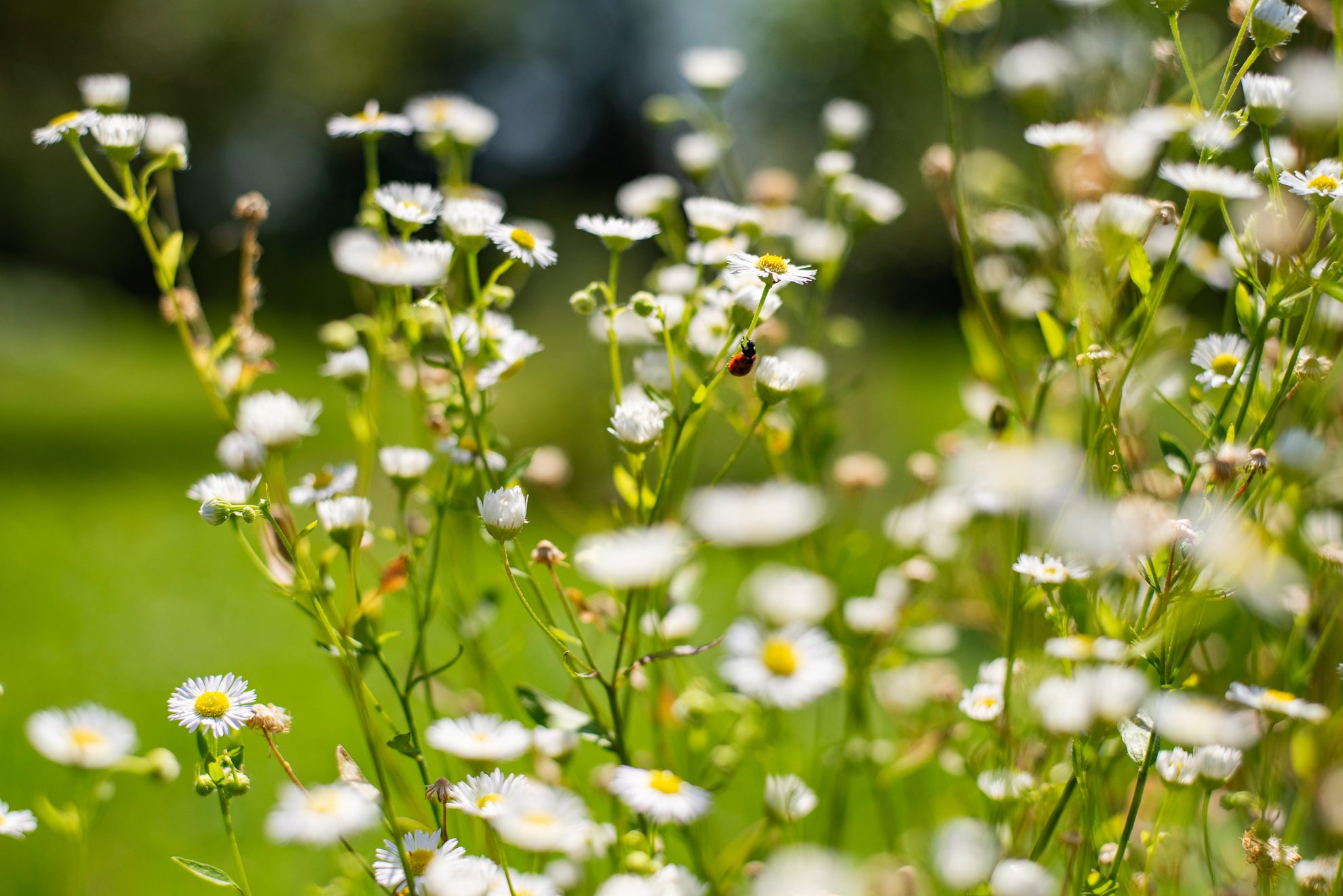
Zajc and Rebolj have an encyclopedic knowledge of floral life here in the Alps—a powerful combination of folk knowledge and formal education. Zajc recalls how excited he was as a child to wake early and forage for wild herbs with his parents, a special bonding time for them, the way some children might play ball or watch movies. His childlike joy for the hunt is an ideal complement to Dr. Rebolj’s formal training as a biologist with a doctorate. But both draw from both fonts of knowledge. Rebolj also went on childhood expeditions through the forest, and her family kitchen was lined with glass jars of drying herbs, like an alchemist’s cupboard. Yet both can rattle off the binomial nomenclature of each plant we see, switching to Latin names when our combined knowledge of Slovenian and English fails us. They also describe the chemical composition of various greens, linking this with complementary flavors.
In the garden, Rebolj is wandering barefoot, as she likes to feel the growths beneath her feet and the grass between her toes. She and Zajc talk eagerly about this herb garden and the wild fringes of a grass meadow, while Bratovž bends over and picks what looks like grass, or perhaps a weed. To me, it looks like lunch for goats; to him, it just looks like lunch. He has a habit of feeding me things torn from the ground that I would wholly ignore, much less consider a potential ingredient. The world is his cupboard, and these lawn clippings will end up on the high-end plates of his Michelin-worthy restaurant.
These picturesque fields of wild alpine grasses and flowers that stretch throughout the northern region of Slovenia are, to a great degree, edible, but finding some ingredients really requires searching. Rebolj and Zajc’s expeditions can take them high into the mountains, require hours of hiking, and are by no means a stroll in a field. They mention certain hard-to-access “holy grails” for foragers, including burdock, which you have to dig up carefully, as the desirable roots are below ground, and zlati koren, white asphodel, which primarily grows on alpine meadows. Others are hyper-seasonal, such as the wild garlic buds that are available for a window of mere weeks.
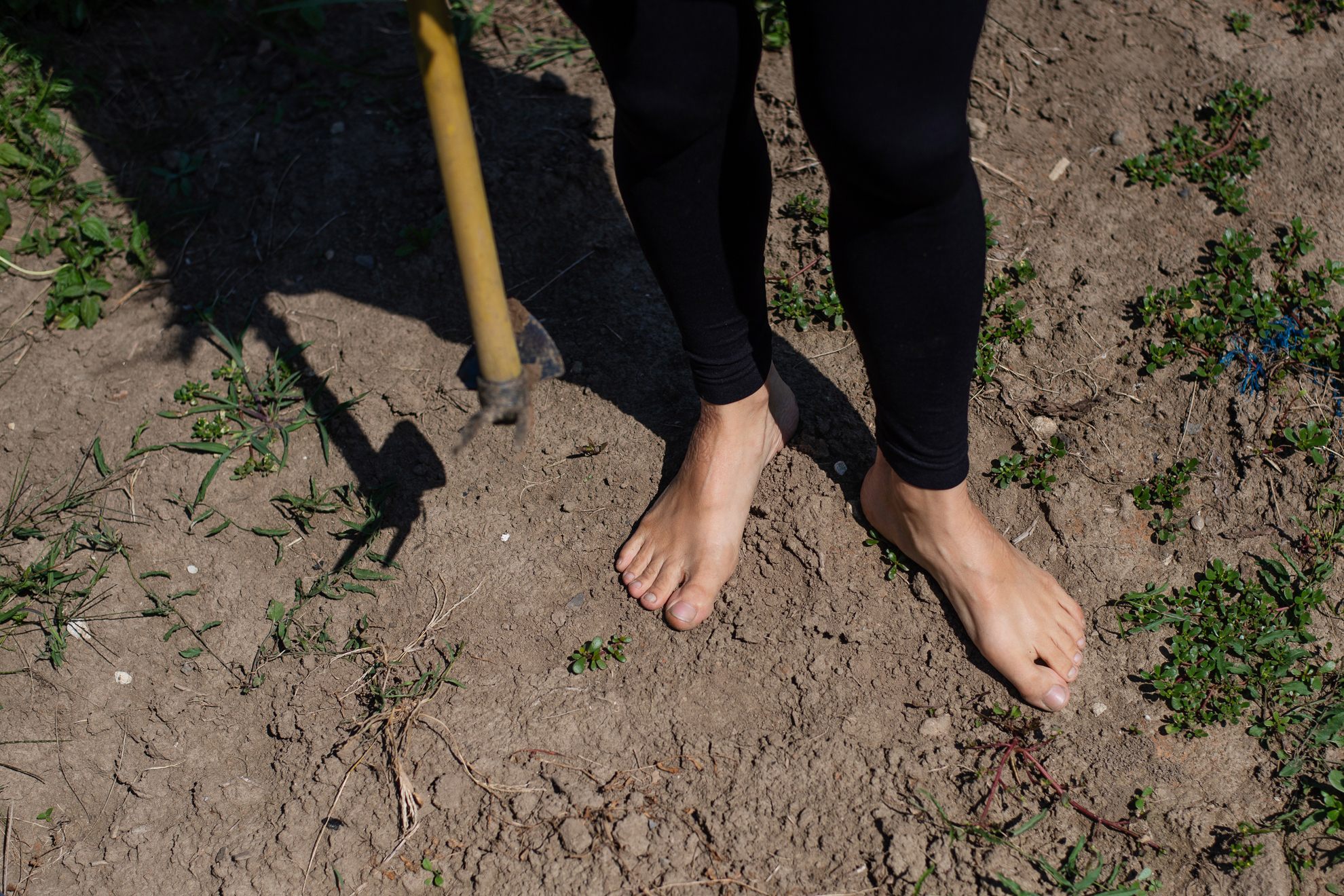
For chefs like JB, these foraged foods open up new possibilities and inspirations, but are also a link to a deep tradition of how people eat in the area, JB included. He grew up in a family so poor that a fried egg on a Sunday morning was the greatest treat imaginable. Limited income meant that foraged foods, provided by the forests and mountain plains were a staple, a necessity, and a delight. Thus there’s a Proustian vibe for Slovenians when they eat foraged foods.
It is fascinating to see how JB transforms information from Rebolj and Zajc into recipes. His wild flora mayonnaise, for instance, is made of regrat (dandelion greens), tropotce (plantago), and travne bilke (various meadow grasses), placed into a blender with a stream of good olive oil, then sieved. Deteljica, clover, found in the forests, has a vinegar-y taste. Tropelium kapucinka, tropaeolum, a beautiful butter-yellow flower, has a powerful taste that JB uses to offset a good steak or corn soup. Tropotec, plantago, is nicknamed “vegetarian cracklings,” as it tastes like pork skin when fried. Kislica, wood sorrel, has a pleasant sour taste, and while most chefs would use the stalks, JB likes to prepare the roots. He is like a kid in a candy store, but the candy here is free and supremely healthy. He is quick to mention, though, that no chef can be great without the best possible ingredients, and chefs do not have time to forage themselves. This means that he is reliant on trustworthy sources, like Zajc and Rebolj—indeed, there is a chapter about them in his latest cookbook.
Their acumen has attracted attention beyond Slovenia, too. As Rebolj leads me through wooded trails that wind in the wake of a castle, she casually mentions that, just a few weeks back, she was filming an episode of a forthcoming Netflix show, Restaurants on the Edge, in these same forests.
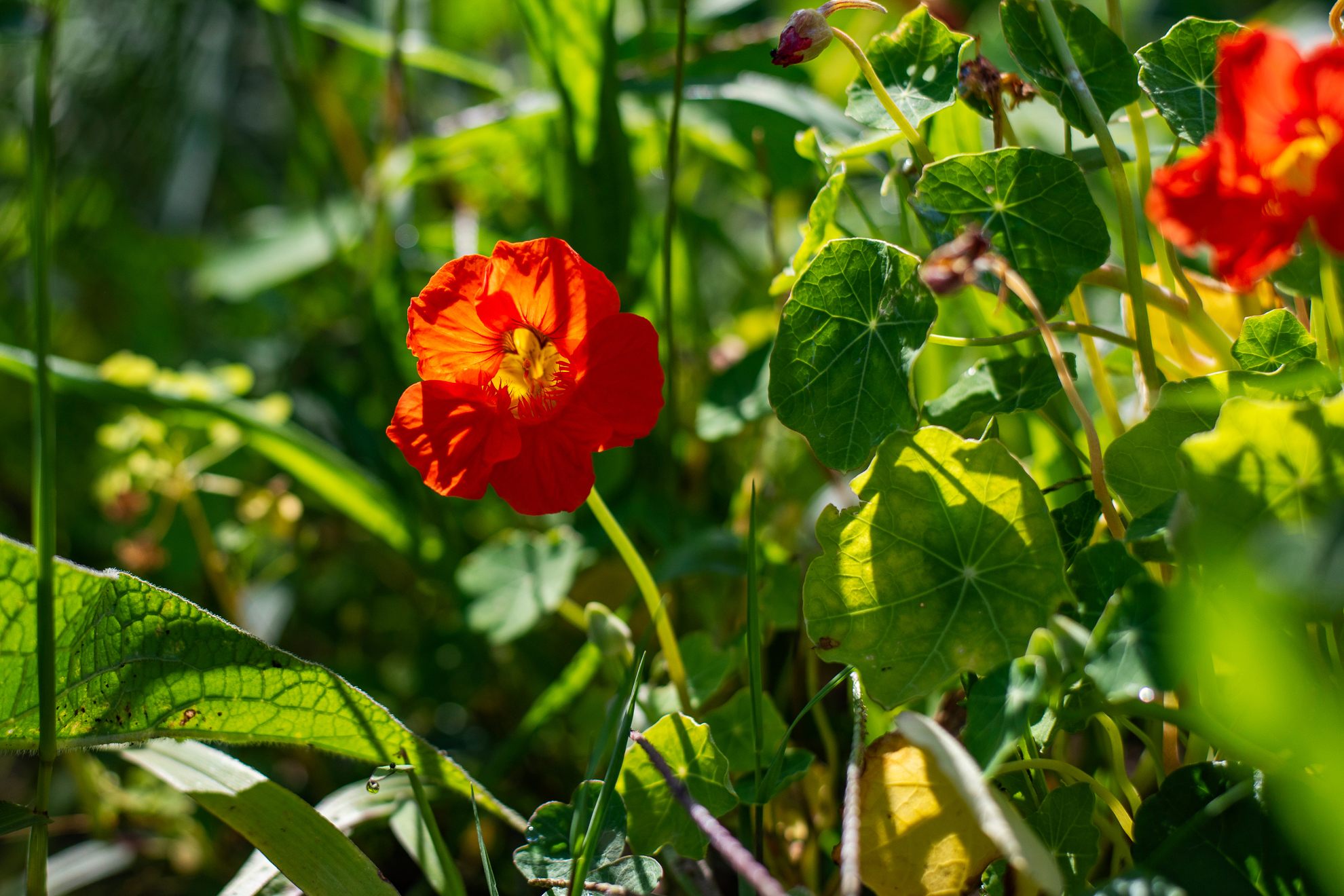
Despite this acclaim, the dynamic foraging duo represent Slovenia in miniature—they are the apex of a national culture. On weekends, the woods fill with porcini-mushroom hunters, and just about every family has a member who gathers alpine flowers to prepare their version of planinski čaj, or “mountain tea,” with as many as 30 ingredients. So many Slovenians hike that restaurants can be found atop mountains that are almost inaccessible by car.
Slovenia is one of the most compact, yet geographically diverse, countries in the world, with alpine summits just an hour from the Mediterranean coast, and with karst wine country not far from the Pannonian plain. This means that a rich variety of flora can be found in a modest acreage—a fact that helps explain the long tradition of hand-gathering ingredients that Rebolj and Zajc inherited from elders, who taught them how to distinguish wild garlic from naked ladies. The largest supermarket chain in the country, Mercator, has a slogan that translates as “your best neighbor,” a hand-me-down from the tradition that all you ate was what you grew, foraged, or traded with your neighbors. From the walnuts that fill the national cake, potica, to the buckwheat breads, from porcini-mushroom soup to dandelion-green salad and wild-garlic pesto, the national cuisine is built on hyper-local ingredients. That may be a la mode in culinary capitals these days, but it has always been key to the Slovenian kitchen.
Gastro Obscura covers the world’s most wondrous food and drink.
Sign up for our email, delivered twice a week.



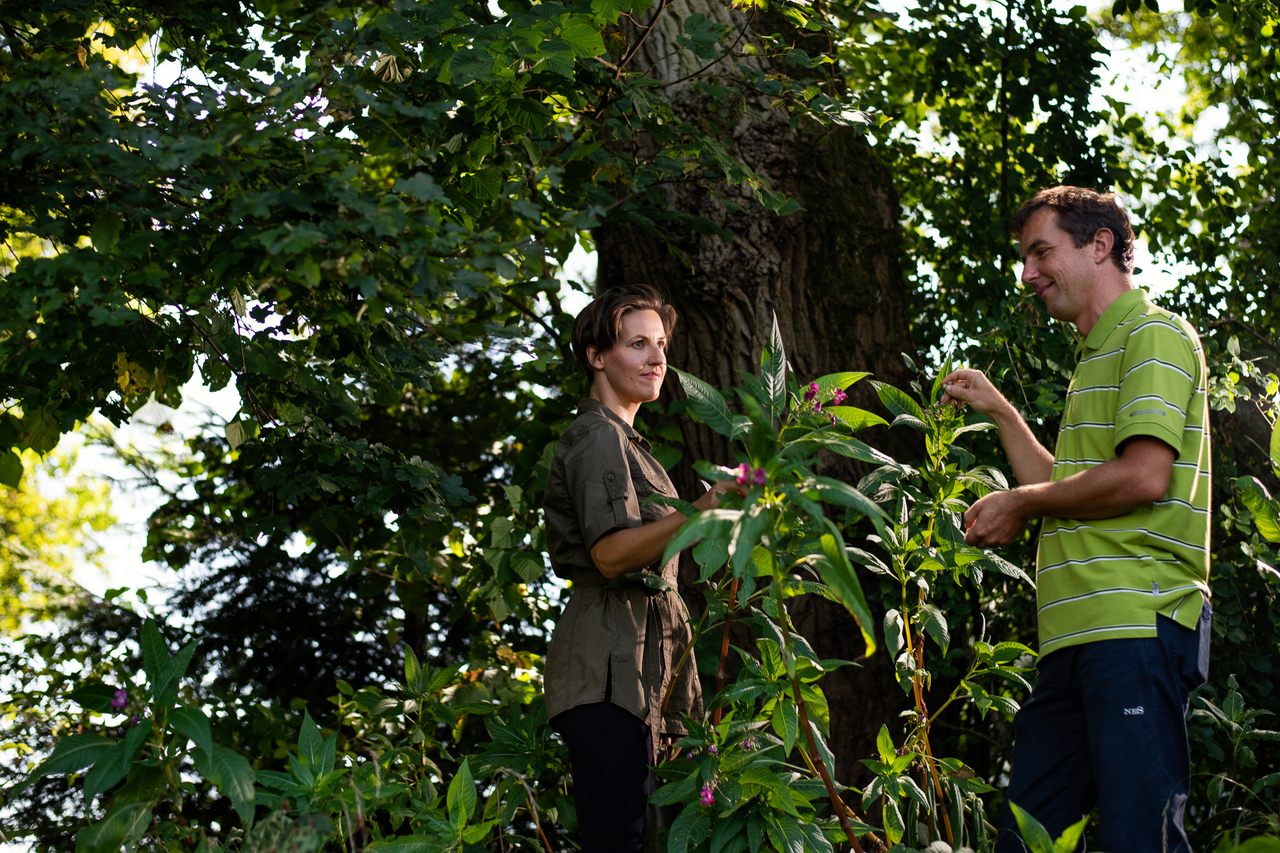



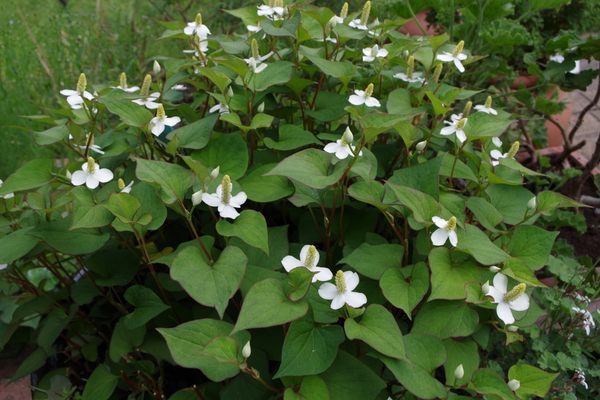














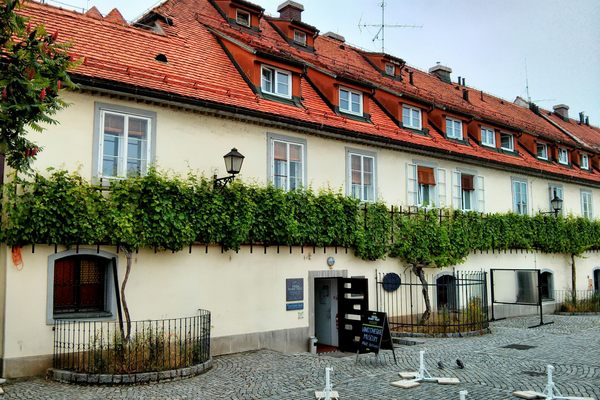



Follow us on Twitter to get the latest on the world's hidden wonders.
Like us on Facebook to get the latest on the world's hidden wonders.
Follow us on Twitter Like us on Facebook